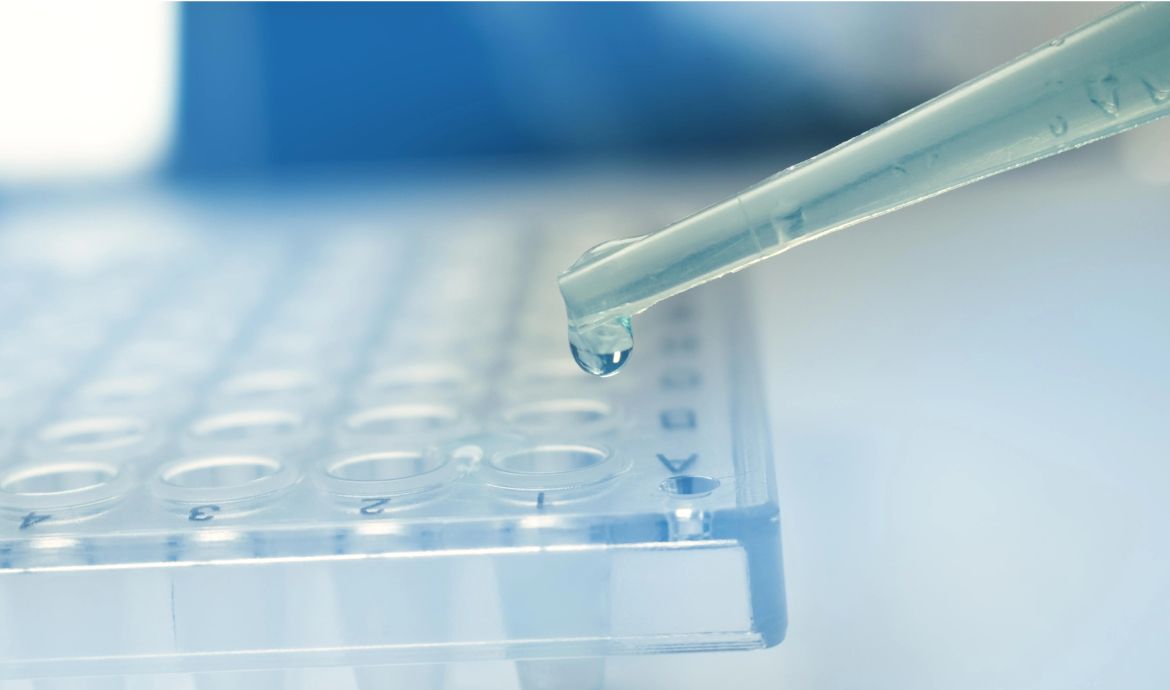- Your cart is empty
- Continue Shopping
Understanding Different Types of Pipettes: A Guide for Lab Professionals
- Pipette
- Posted on
-
by perf__products

Pipettes are essential tools in any laboratory, used across various disciplines to measure and transfer small volumes of liquids accurately. For professionals, understanding the types of pipettes available and their best uses is critical to achieving precise and reliable results in their work. This guide explores the different types of pipettes, highlighting their unique features, applications, and considerations for choosing the best one for your needs.
1. Types of Pipettes: An Overview
Laboratories use various pipettes, each designed to meet specific needs based on volume requirements, accuracy, and application type. The main categories include:
- Volumetric Pipettes
- Graduated Pipettes
- Single-Channel Pipettes
- Multi-Channel Pipettes
- Electronic Pipettes
- Mechanical Pipettes
Each of these pipettes has a specialized role in the lab, and selecting the right one depends on factors like volume, sample type, and precision requirements.
2. Volumetric Pipettes
Characteristics: Volumetric pipettes are designed to measure a single, fixed volume of liquid very precisely. These pipettes feature a large bulb and a narrow neck, marked with a single measurement line indicating a specific volume.
Uses: Volumetric pipettes are ideal for titrations and experiments requiring high accuracy in a fixed volume. They’re commonly used in analytical chemistry and clinical laboratories where consistency in measurements is essential.
Advantages:
- High precision for single measurements
- Minimal error, suitable for analytical applications
Limitations:
- Limited to a fixed volume, offering less flexibility for variable-volume applications
3. Graduated Pipettes
Characteristics: Unlike volumetric pipettes, graduated pipettes are marked with measurement lines along their length, allowing for different volumes to be measured within a certain range.
Uses: Graduated pipettes are versatile and commonly used in experiments where variable volumes are needed. They’re helpful in microbiology, biochemistry, and general laboratory tasks.
Advantages:
- Flexibility in measuring multiple volumes
- Suitable for applications requiring incremental measurements
Limitations:
- Slightly less precise than volumetric pipettes due to variability in user measurement
4. Single-Channel Pipettes
Characteristics: Single-channel pipettes are the most common type in laboratories, typically used for transferring small amounts of liquid. They are available as fixed-volume or adjustable-volume pipettes.
Uses: Single-channel pipettes are used across various applications, including sample preparation, dilution, and reagent addition in fields like molecular biology, microbiology, and biochemistry.
Advantages:
- High accuracy and control
- Available in both manual and electronic models
Limitations:
- Limited to one sample at a time, which can be time-consuming for high-throughput labs
5. Multi-Channel Pipettes
Characteristics: Multi-channel pipettes have multiple tips, allowing users to transfer liquid to multiple wells simultaneously. These pipettes are available in 8-channel and 12-channel configurations.
Uses: Multi-channel pipettes are invaluable in high-throughput environments like molecular biology and ELISA assays, where multiple samples need to be processed simultaneously.
Advantages:
- Time-efficient for processing large sample volumes
- Reduces repetitive strain in high-throughput tasks
Limitations:
- Can be more challenging to use with viscous or dense liquids
- Slightly lower precision due to the multiple tips involved
6. Electronic Pipettes
Characteristics: Electronic pipettes use a motor to control the aspiration and dispensing of liquids. They are available as single-channel and multi-channel pipettes, and many models come with programmable functions for repeat dispensing and dilution.
Uses: Electronic pipettes are ideal for high-precision applications, particularly where repetitive or complex pipetting is required. They are often used in clinical research and pharmaceutical development.
Advantages:
- Reduces user strain and improves accuracy
- Offers programmable functions, enhancing efficiency in repetitive tasks
Limitations:
- Higher upfront cost and maintenance requirements
- Slightly heavier than manual pipettes, which may affect handling
7. Mechanical Pipettes
Characteristics: Mechanical pipettes, often referred to as manual pipettes, are operated by hand. They are adjustable or fixed-volume, making them versatile for various applications.
Uses: Mechanical pipettes are suitable for general lab tasks and are widely used in research labs for applications requiring flexibility in volume adjustments.
Advantages:
- Low-cost and minimal maintenance requirements
- Durable and easy to handle, making them ideal for routine lab work
Limitations:
- Requires proper technique to avoid user fatigue
- Limited in features compared to electronic pipettes
8. Choosing the Right Pipette for Your Lab
Selecting the best pipette for your lab depends on several factors, including the type of experiment, volume range, frequency of use, and budget:
- Accuracy vs. Flexibility: If high precision in a fixed volume is essential, volumetric pipettes are ideal. For variable volumes, consider graduated or adjustable mechanical pipettes.
- Throughput Needs: Multi-channel pipettes or electronic pipettes are best for high-throughput applications, as they reduce manual effort and improve efficiency.
- Budget: Electronic pipettes offer many conveniences, but manual mechanical pipettes are often more budget-friendly and suitable for general applications.
9. Maintenance and Calibration
Regular maintenance and calibration are vital for ensuring pipette accuracy over time. Follow these best practices:
- Clean after each use to prevent cross-contamination.
- Calibrate regularly based on usage frequency and the precision required in your experiments.
- Store pipettes upright to avoid damage and prevent liquid from entering the internal components.
10. Conclusion
Understanding the different types of pipettes and their specific applications allows lab professionals to choose the most suitable tools for their work. Whether handling high-precision analytical tasks, processing large sample volumes, or performing routine lab work, selecting the right pipette ensures efficiency, accuracy, and reliability in scientific experiments.


